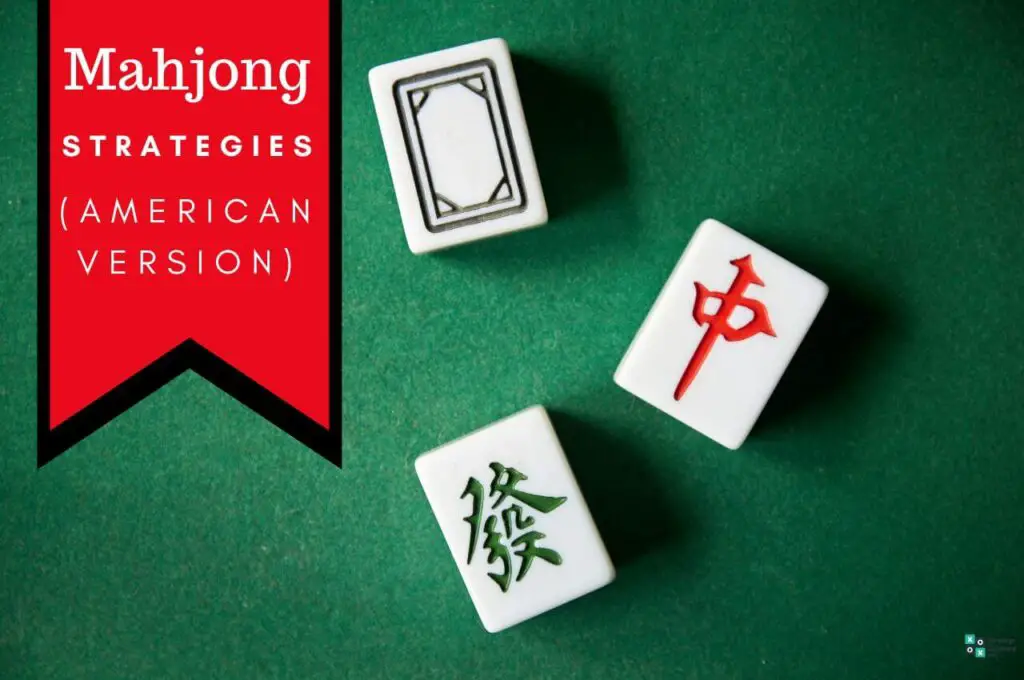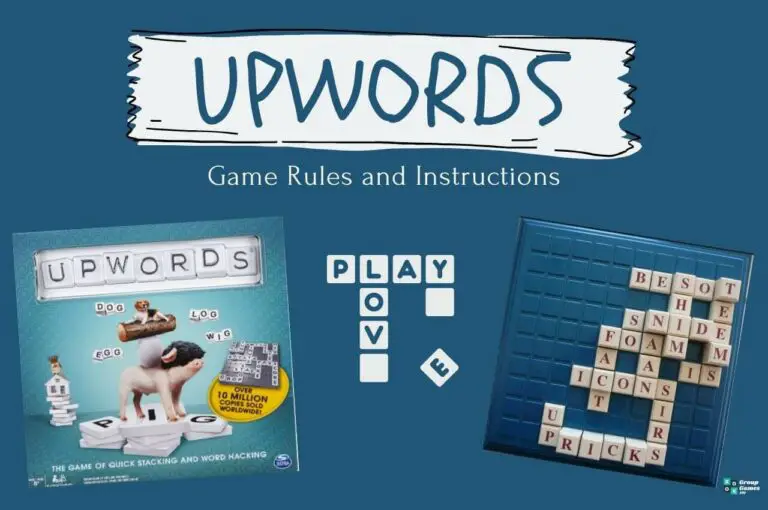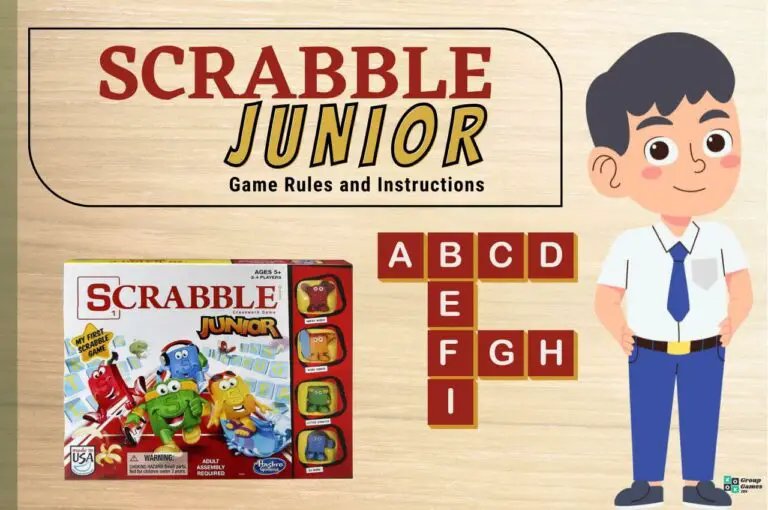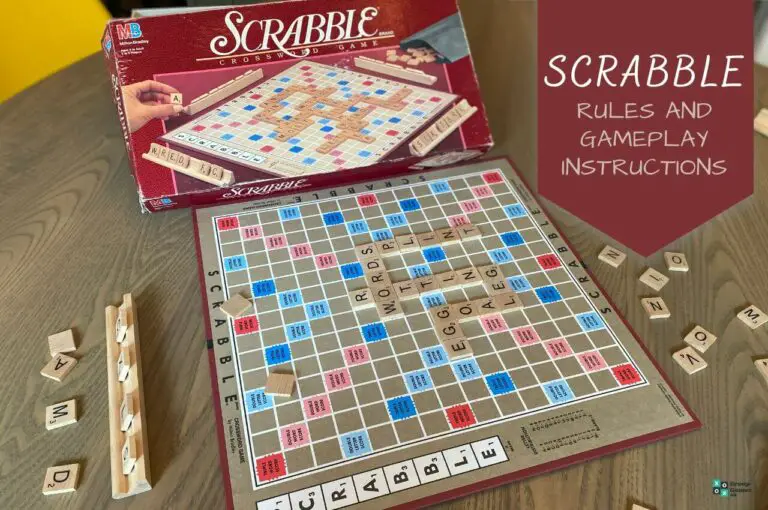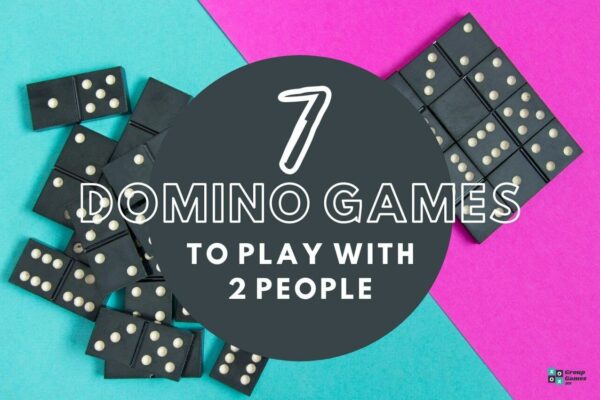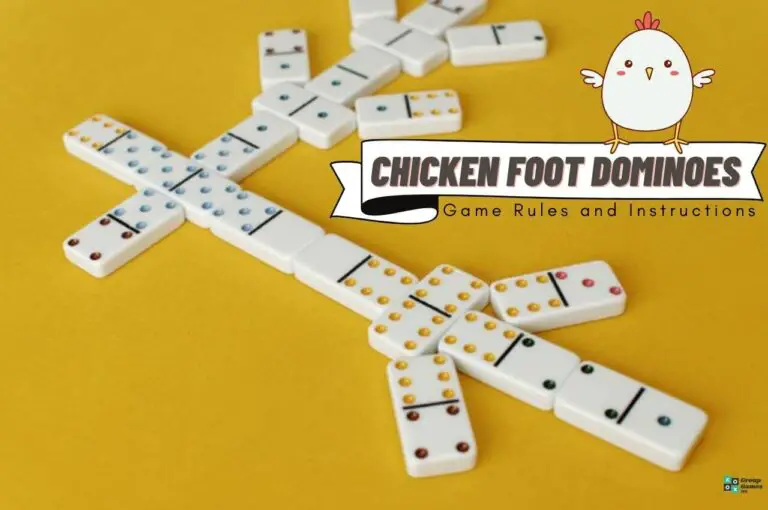One of the most popular games internationally, Mahjong is known for improving players’ cognitive and memory functions. Read this comprehensive guide on the various Mahjong Strategies to use that will be sure to improve your game.
New to Mahjong? Then check out our Mahjong Rules guide first to learn all the rules and the basics, then come back and read the strategies we discuss in this article.
Gameplay
When playing Mahjong, the game’s object is for players to create sets of tiles in sequential order and match sets of three by selecting tiles from your hand, from the shared tiles on the table, or a previously discarded tile.
Mahjong Strategies Best Practices
One of the best things a Mahjong player can do to improve their game is to study the game card. Knowing which tiles are used for specific hands will give you an advantage over novice players.
For instance, determining which hands need a specific tile or suit, such as flowers or winds, will provide a direction for gameplay right off the bat.
It is also important not to reveal sets too soon when possible. Once you have tiles displayed for your opponents, they can work to figure out our hand. Thus, ensuring they will not pass on a tile that may benefit you.
Reviewing the House Rules in advance can be beneficial when playing Mahjong with a new group or host. Since there are so many variations of Mahjong, ensure you are familiar with the proper etiquette so you will not be penalized.
Jokers
- Jokers are essential tiles in Mahjong and very often are needed to win.
- Collect a joker even if you don’t need it because it will prevent other players from claiming it.
- Make the most of your jokers by utilizing them in different groups. It may take some time, but it will be worth it if you can use your jokers separately within your hands.
- Pay attention to other players who discard jokers. This could be an indication that they are getting close to calling Mahjong.
The Charleston
Use the Charleston strategy to strengthen your options by following these steps:
- Pass three tiles face-down to the player on your left.
- Pass three tiles face-down to the player directly across the table.
- Pass three tiles face-down to the player on your right.
You can choose to “blind pass” the tiles handed as long as they remain face down.
If everyone agrees, players can “blind pass” a second time, but in the reverse order.
Lastly, there can be one final “courtesy pass” that allows two players sitting directly across from each other to trade one, two, or three tiles.
You might be tempted to try to keep everything in the beginning, but remember, you can only play one hand. So being decisive and sticking to a plan early on will provide the best outcome in the long run.
Be Strategic
Select the three tiles least likely to fit with the others and exchange them for three new tiles. This strategy can provide you with a better assortment of tile options to maximize your hand.
If you are overwhelmed by multiple options and are unsure which direction to go, the Charleston can also help you narrow down a specific category or set to build.
Before committing to a hand, you can use this technique, but you must have three tiles to pass. If not, you cannot utilize the Charleston.
Reading Hands
As you further develop your ability to play, be secretive, so you don’t give away your hand to your opponents.
- For instance, try not to group or leave spaces between your tiles when organizing them. This makes it easier for other players to guess what hand you are working on.
- Knowing the game card not only helps you to build your hand quickly but also enables you to figure out which hand your opponents are working on.
- If you know the specific tiles needed for each hand, you have a better chance of observing the moves and choices made by other players.
Beginning Game
The game is divided into three main sections: Beginning, Middle, and End. Utilize your position in each game segment to apply strategy tactics to win!
The game’s first stage occurs when play begins, and participants actively draw from the first wall of tiles. Use this time to play offense by utilizing the tiles in your hand and the tiles you select from the wall.
Getting Started
Once you receive your initial tiles, take a moment to organize and categorize the tiles you are dealt. Then, consider these steps to get started:
- Study the game card and look for any tiles that already belong to the formation of a hand. Identify the colors of suits you currently have and which ones you need to complete matching groups.
- Group like-tiles and tiles form a sequence of numbers. If you have more than 3 in a series, keep them! Keeping these tiles will give you more flexibility when playing your hand. (For Example, 1, 2, 3, or 7, 8, 9.)
- Look for any patterns or multiples of the same suit. If you have duplicates or several tiles in a specific design (pairs, pongs, and kongs), consider them a starting point and continue building sets that follow suit.
Also, note any additional or unneeded tiles you can use for discarding throughout the game.
Middle Game
The middle game begins when players begin selecting tiles from the 3rd wall. You should be building sets and selecting discarded tiles needed to complete your hand.
During the middle game, you can change hands if needed, but you do not want to wait until it is too late. Don’t change hands too often because it will only slow down your progress.
Before the end game, you will determine if you should focus on offensive or defensive strategies to finish.
Offense: The offensive play focuses on building the sets in your hand to win Mahjong.
Defense: If you struggle to create sets by this point in the game, you need to redirect your attention to the strategic discarding of tiles to limit your opponents’ opportunities to win Mahjong.
For example, you may know that you cannot use your Jokers, but discarding them would give your opponents an advantage. Therefore, when playing defense, you aim to stop your opponents from winning.
Passing Strategy
Pay close attention to the tiles you discard. Do not discard pairs, consecutive numbers, or tiles with matching suits. You do not want to help your opponent by discarding valuable options that can promote their hand.
If you get to a point when you must discard or pass a valuable tile, try to give one that will be easiest to replace later.
Being observant of tiles that other players select can be useful. You may notice which tiles are predominantly chosen to determine which hands your opponents are creating.
That being said, remember that other players will also take note of the tiles you select from the discarded choices. Therefore, use caution when selecting from the discarded tiles so that you do not draw attention to a specific hand or set.
The beginning of the game is the best time to discard valuable tiles because players are still trying to decide what hands to formulate. Do not worry about discarding these tiles early in the game.
Likewise, it is best to wait until later in the game to select discarded tiles whenever possible.
End Game
When players select tiles from the last wall, this signals the end of the game. You only have a few turns left in the game to compose your tiles to form Mahjong.
Ask yourself the following questions:
Am I four tiles (or fewer) away from winning?
Do I have less than 4 tiles to discard?
- If the answer to these questions is yes, continue playing to win. Use your time selectively choosing tiles and discarding them appropriately so you can build your sets to win.
- If the answer is no, it is time to switch gears and focus on defensive strategies.
Defensive strategies include keeping a close watch on your opponents and worrying less about making hands.
For example, you can see when someone exposes a pung or kong. Look at the card closely to determine which hands are possible based on the exposed tiles played.
If you know the hand your opponents are trying to create, you can take extra defensive measures to prevent their success. For example, you can try not to discard a tile they need.
Poker Face
Maintaining a poker face during the game of Mahjong is another winning tactic. Especially if you reach the end game and realize that you cannot complete your hand, all is not lost!
You can subtly break up your incomplete hand without others noticing if you maintain a neutral expression and refrain from commenting on your outcome.

